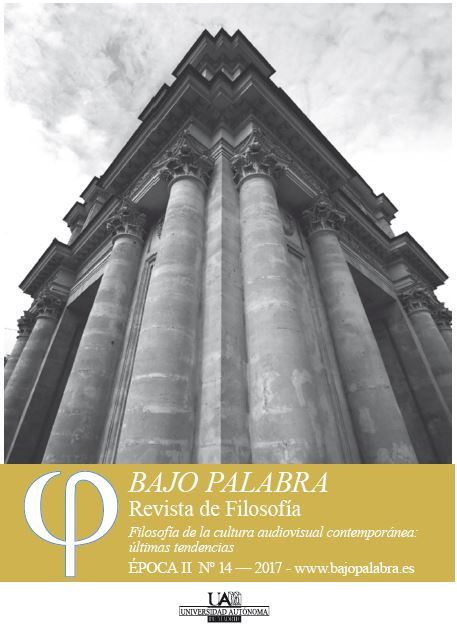Music videos as social and religious indoctrination tools: the case of Israel
Keywords:
music, indoctrination, religion, judaism, identityCopyright (c) 2017 Amalio González Sánchez

This work is licensed under a Creative Commons Attribution 4.0 International License.
Abstract
Music has been referred to as a science, as art and as language through History. Precisely from its association with language it has been used as a means to create identities, either social political, religious, etc. Thus, music can be specifically composed to create a sense of group identity (as in the case of the vast majority of sports clubs hymns); on the other hand, music —even if composed for different purposes— can also act as a genuine social binder. This article aims to study these two possibilities in the case of a country: Israel.
Downloads
References
Anderson, Benedict. Imagined communities. Reflections on the origin and spread of Nationalism. London-New York, Verso, 1991.
Artzi, Shlomo; Koren, Gidi; Gilboa, Amir, Shir baboker baboker. [Letra de la canción, online], http://www.hebrewsongs.com/?song=pitomkamadam, consultado el 15/02/2016.
Horowitz, Amy, Mediterranean Israeli music and the polictics of the aesthetic. Detroit, Wayne State University Press, 2010.
Luján Díaz, Victoria (2012). “La vestimenta como símbolo identitario judío”. En: Cultura y Religión. Revista de Sociedades en Transición, 2012, Vol. VI, nº 2 (juliodiciembre), pp. 103-117. https:/doi.org/10.1177/016344370202400306.
Morris, Benny. Righteous victims: a history of th Zionist-Arab conflict, 1881-1999, New York: Alfred A. Knopf, 2001.
Regev, Motti (1997). “Who does what with music videos in Israel”. En: Poetics, 25, 1997, pp. 225-240. https:/doi.org/10.1016/s0304-422x(97)00015-6.
